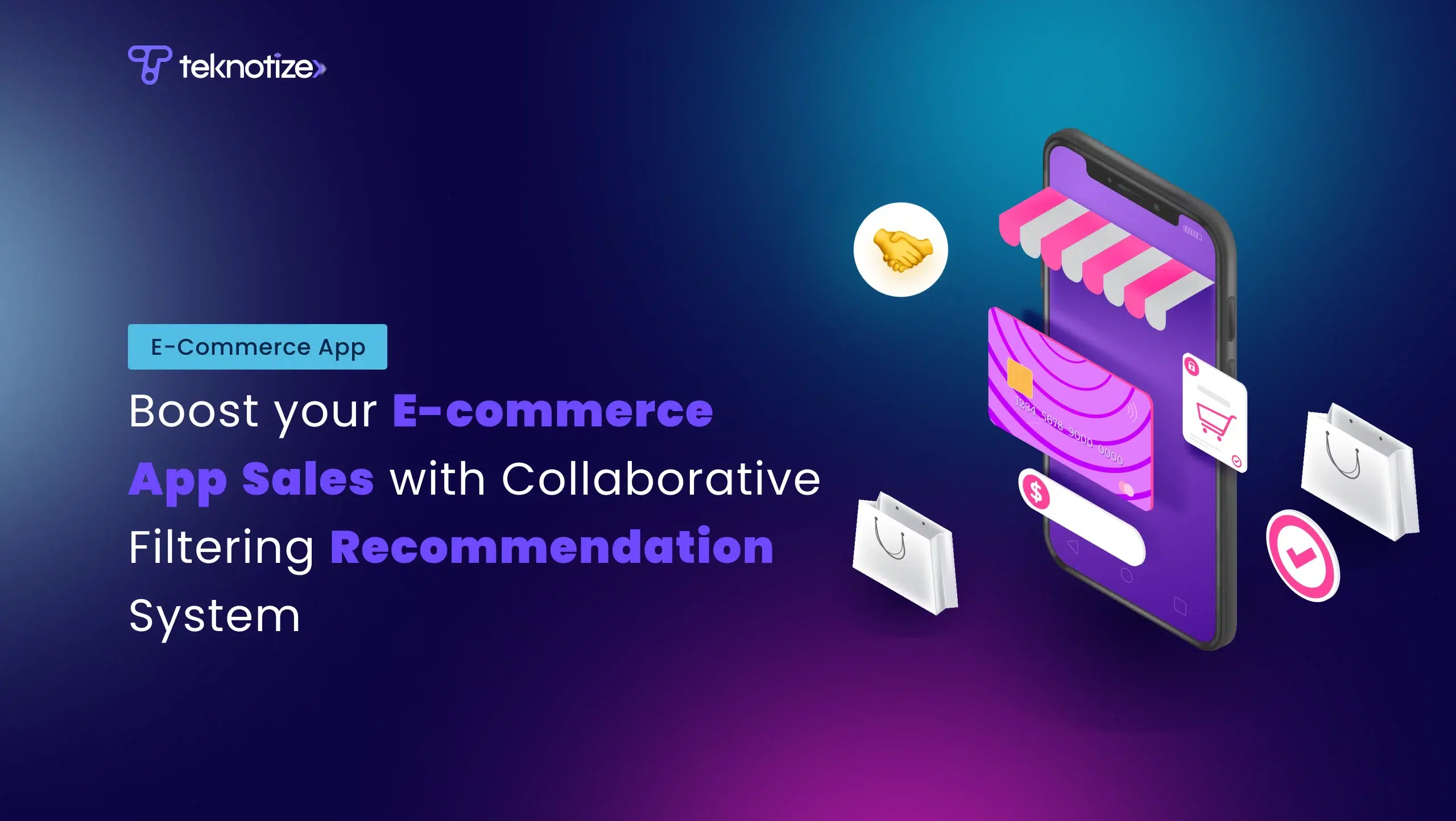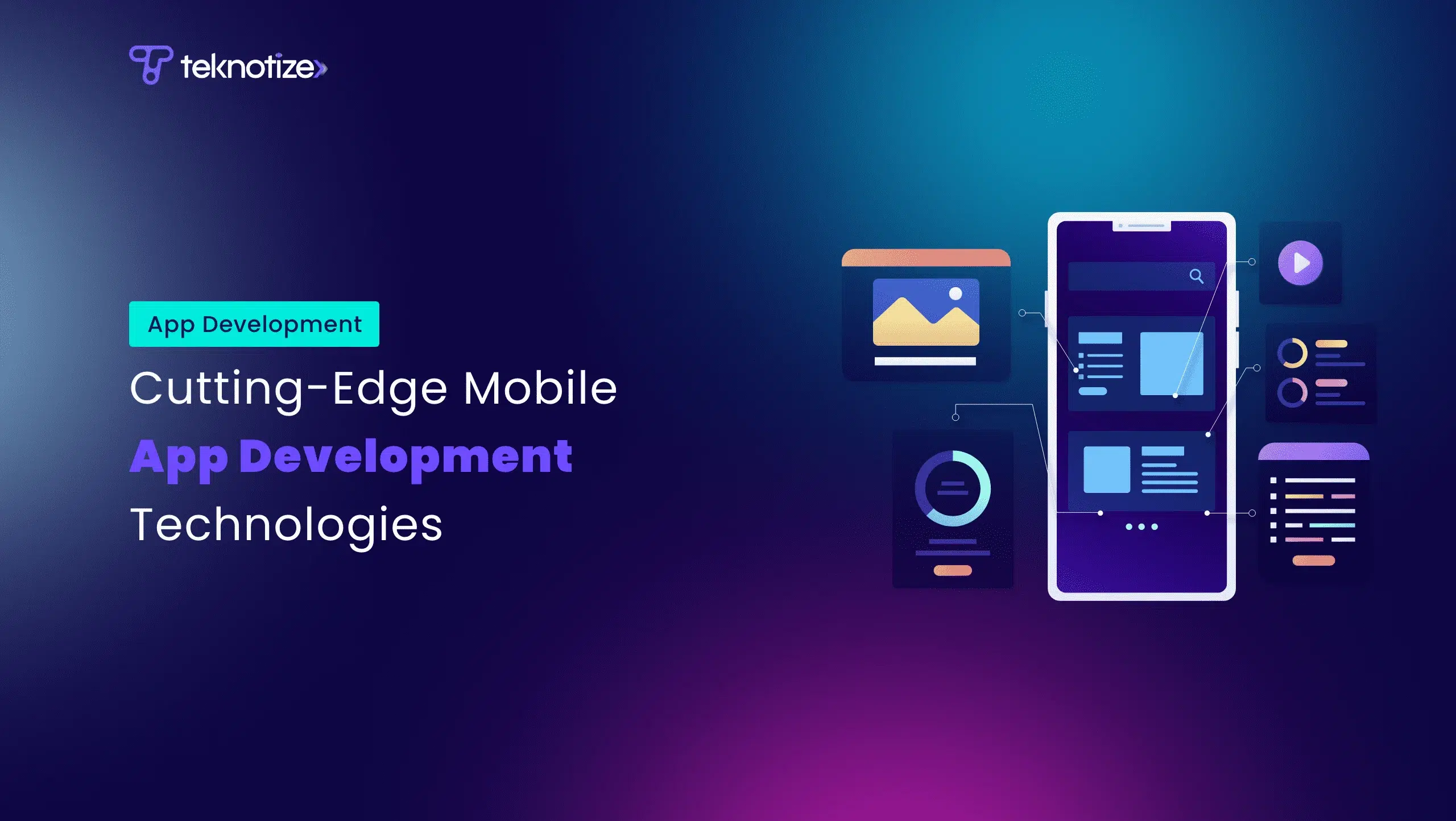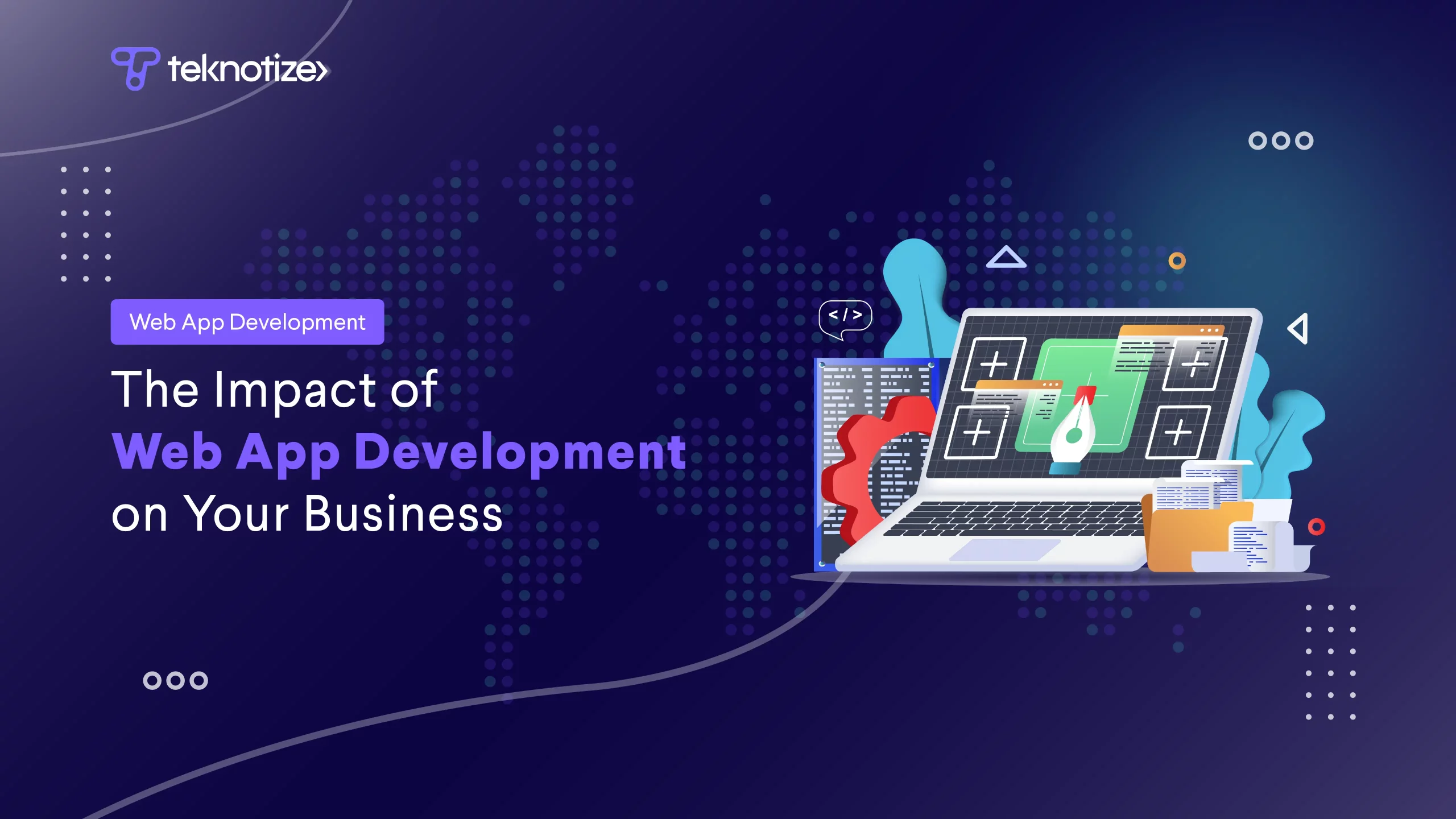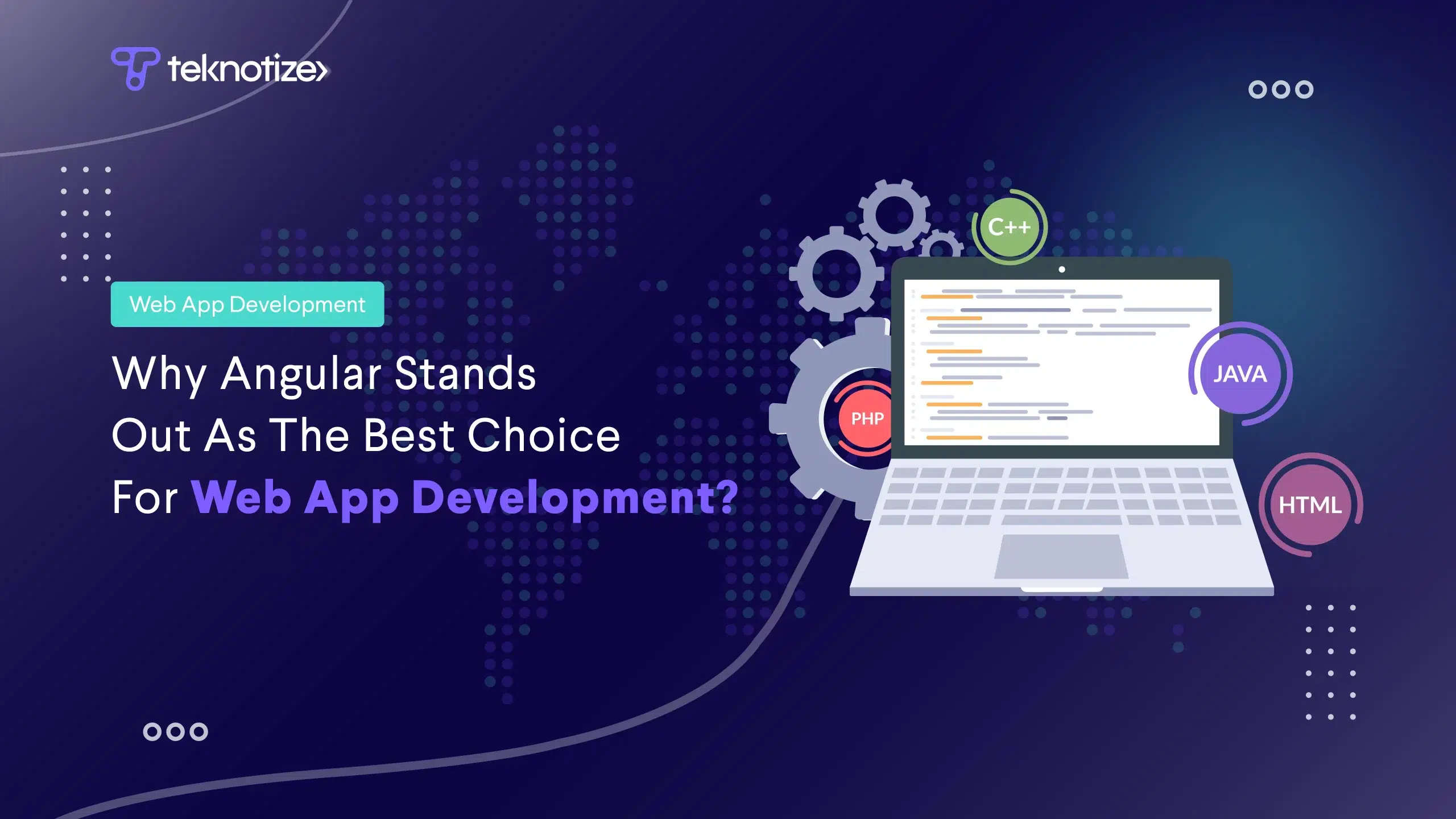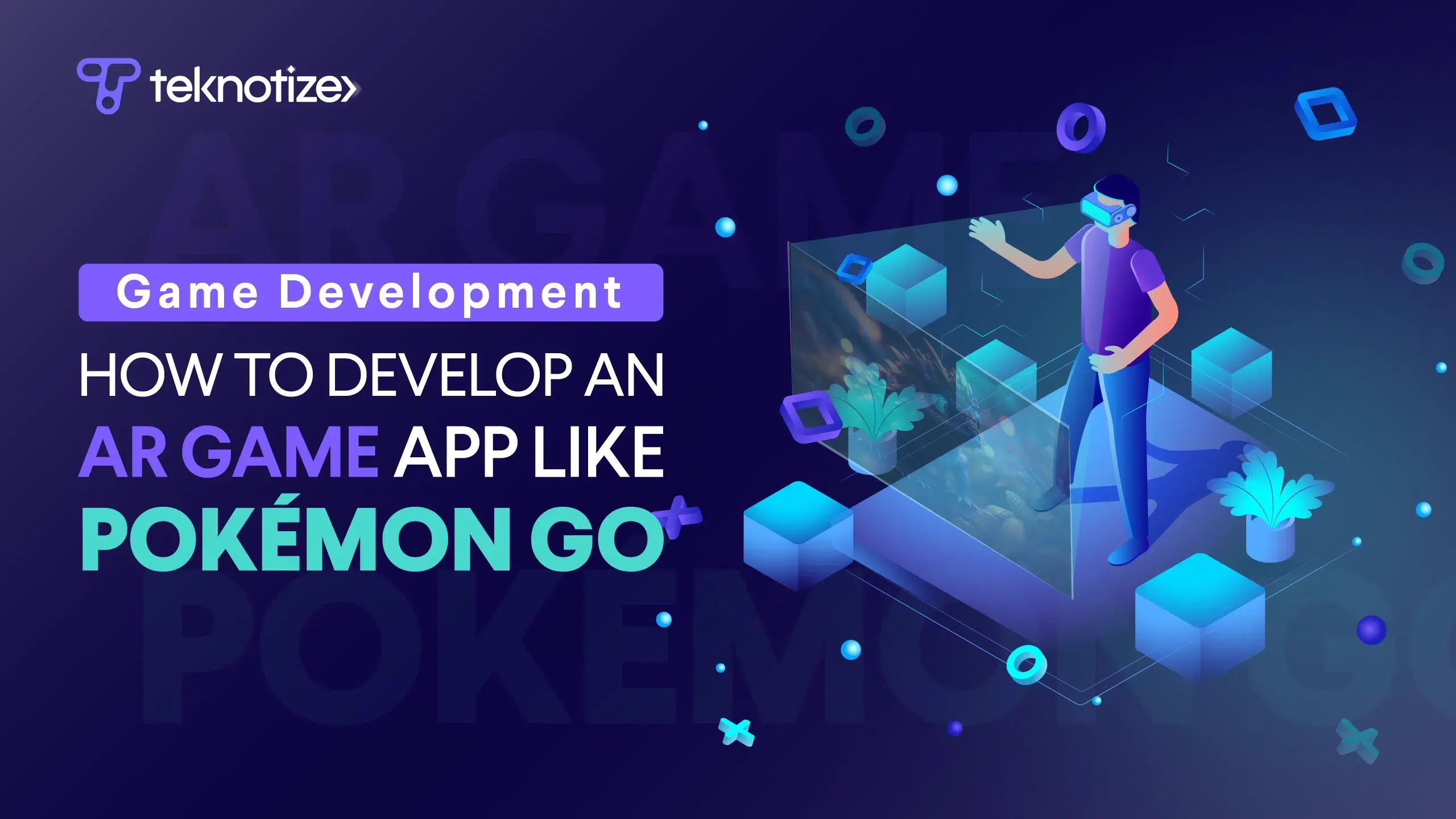
Augmented reality (AR) has revolutionized the gaming industry, with games like Pokémon Go captivating millions of users worldwide. This article explores the process to develop an AR game app similar to Pokémon Go, including its features, development cost considerations, and the overall development process.
Understanding Augmented Reality (AR)
Before diving into the development process, it’s important to understand what augmented reality is. AR is the real-time integration of digital information into the physical world, allowing users to interact with virtual objects in a real-world environment.
How Does a Game Like Pokémon Go Work?
Pokémon Go is a location-based AR game that combines the real world with virtual Pokémon creatures. Players explore their surroundings using a smartphone or tablet, and as they move, their in-game character mimics their movements. The game uses GPS and geolocation data to spawn Pokémon in specific real-world locations for players to capture.
Benefits of Developing a Game Like Pokémon Go
Develop an AR game similar to Pokémon Go offers several advantages, including:
- Revenue Generation: Pokémon Go has been highly profitable, with players spending millions of dollars daily. A well-designed game can also generate substantial revenue through in-app purchases and advertisements.
- Business Opportunities: Incorporating AR experiences into a game can attract customers to physical locations, presenting opportunities for businesses to promote their products or services.
Essential Features of an AR Game App Like Pokémon Go
When developing an AR game, consider incorporating the following features:
- Account Creation: Provide users with the ability to create new accounts and personalize their profiles.
- Animated Maps: Utilize interactive maps that overlay the real world with game-related information.
- Battles and Challenges: Allow players to engage in battles with other users or computer-controlled opponents to earn rewards.
- Trading and Collectibles: Enable players to trade digital collectibles with their peers, fostering a sense of community and interaction.
- Social Features: Incorporate features that encourage players to make friends within the app, gift items, and trade collectibles.
- Regular Updates: Plan for regular updates that introduce new features, characters, and events to keep players engaged.
Integration of Non-Fungible Tokens (NFTs)
Consider integrating NFTs into the game to enhance the gaming experience and create a more immersive environment. NFTs can represent unique in-game items, ensuring their scarcity and value. This integration can lead to a more vibrant in-game economy and incentivize players to continue playing.
Development Process
- Game Design: Start by conceptualizing the game’s unique elements, including the story, characters, and gameplay mechanics.
- Game Engine: Choose a suitable game engine, such as Unity, to develop the AR game app.
- App Prototype: Create a basic app prototype that outlines the user interface, menus, and overall visual design.
- Geolocation Tools: Integrate geolocation and mapping APIs, such as Google Maps or OpenStreetMap, to provide accurate location-based information.
- Game Balance: Ensure the game offers a balanced and engaging experience for players, with an appropriate level of challenge and progression.
- Device Sensors: Utilize device sensors like the accelerometer, GPS, and gyroscope to track user movement and provide an immersive AR experience.
- Notifications: Implement push notifications to keep players engaged and informed about in-game events and updates.
- Graphics and Sounds: Invest in high-quality graphics, animations, and sound effects to create an appealing and immersive game environment.
- Testing and Iteration: Thoroughly test the game to identify and fix any bugs or performance issues, iterating on the design and features based on user feedback.
Development Cost Considerations
The development cost of an AR game app like Pokémon Go can vary based on several factors, including the complexity of the game, the team size, the location of the development team, and the desired quality of graphics and animations.
Here are some cost considerations to keep in mind:
- Team and Resources: Hiring a skilled development team with experience in AR game development is crucial. The team typically includes game designers, developers, graphic artists, animators, and testers. The size and expertise of the team will affect the overall cost.
- Technology and Tools: Consider the cost of using game development tools, such as Unity or Unreal Engine, which may require licensing fees. Additionally, you may need to integrate third-party APIs, such as mapping and geolocation services, which may come with associated costs.
- Art and Assets: Creating high-quality 3D models, animations, sound effects, and visual effects can be costly. If you decide to outsource artwork or purchase pre-made assets, factor in the cost of acquiring or licensing them.
- Backend Infrastructure: Developing and maintaining the backend infrastructure to handle user accounts, data storage, multiplayer functionality, and in-app purchases will incur additional costs.
- Testing and Quality Assurance: Allocating resources for thorough testing and quality assurance is essential to ensure a bug-free and smooth gaming experience. This may include both internal testing and external beta testing.
- Marketing and Promotion: Consider budgeting for marketing and promotion to attract users to your game. This can include digital marketing campaigns, app store optimization, influencer partnerships, and social media promotion.
Monetization Strategies
To generate revenue from your AR game app, consider implementing the following monetization strategies:
- In-App Purchases: Offer players the option to purchase in-game items, power-ups, customization options, or additional content.
- Advertisement Integration: Incorporate ads within the game, such as banner ads, interstitial ads, or rewarded video ads, to monetize user engagement.
- Sponsorships and Partnerships: Collaborate with brands or businesses to incorporate sponsored content, events, or location-based promotions within the game.
- Premium Version: Offer a premium version of the game with enhanced features or exclusive content at a one-time purchase cost.
- Virtual Currency: Introduce a virtual currency system that can be earned or purchased, allowing players to spend it on various in-game items and enhancements.
Legal and Privacy Considerations
When developing an AR game app, it’s important to address legal and privacy considerations, such as:
- Intellectual Property: Ensure that the game’s design, characters, and content do not infringe upon any existing copyrights or trademarks.
- User Privacy: Comply with data protection laws by implementing appropriate data security measures and obtaining user consent for data collection and usage.
- Age Restrictions: If your game targets minors, comply with regulations regarding age restrictions, parental consent, and child privacy protection.
- Terms of Service and End-User License Agreement (EULA): Create clear and comprehensive terms of service and EULA that outline user rights, responsibilities, and limitations.
Game Maintenance and Updates:
Once the game is launched, plan for regular maintenance and updates to keep the game content fresh, address bugs, introduce new features, and engage the player community. Allocating resources and budget for ongoing support and improvement is crucial for long-term success.
Conclusion
Develop an AR game app like Pokémon Go can be an exciting venture, offering unique opportunities for engagement, revenue generation, and community building. By understanding the development process, cost considerations, monetization strategies, and legal aspects, you can embark on creating an immersive and successful AR gaming experience.
Remember to stay updated with the latest technologies and trends to continually improve your game and captivate your audience.
Good luck with your AR game app development journey!

